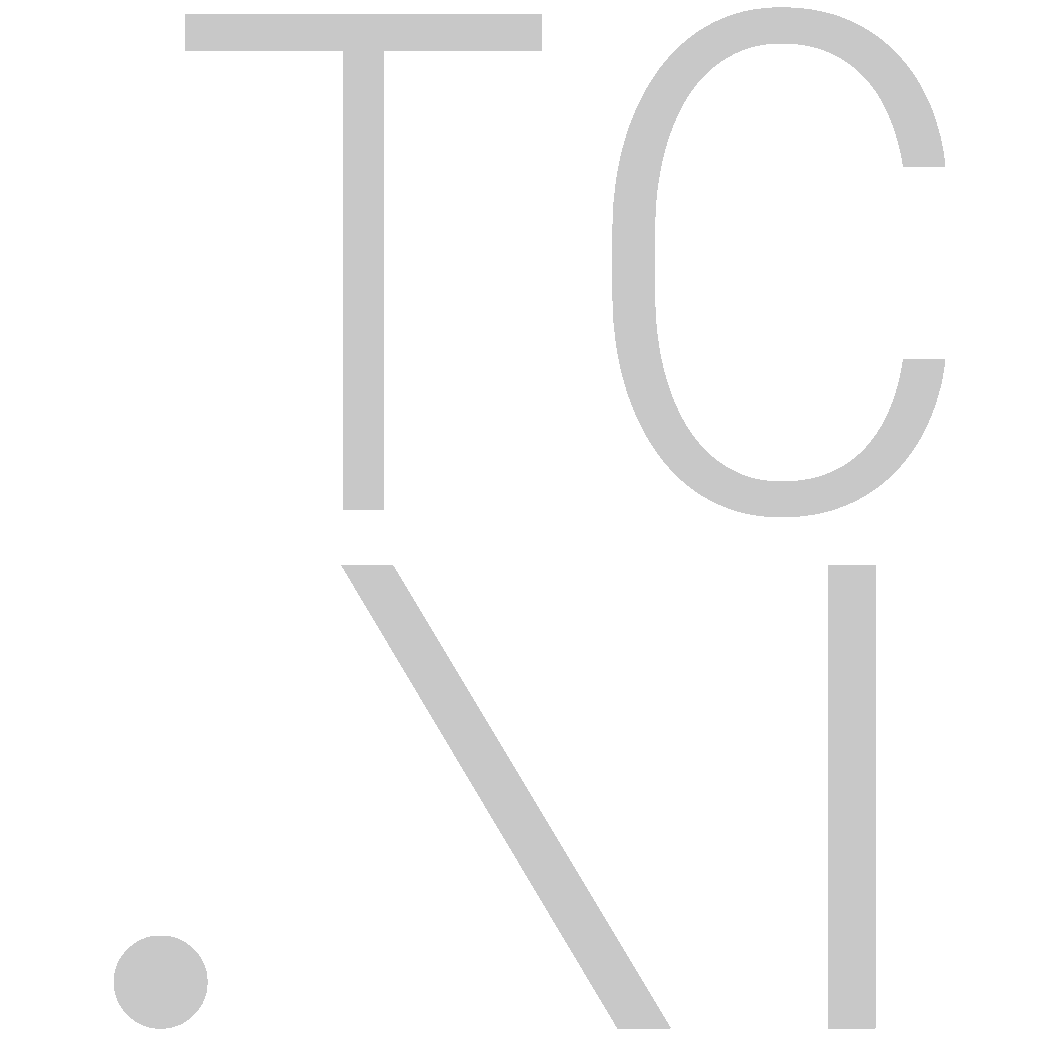Micromanagement Scenarios Tutorial
Here, we will provide a detailed description of the model we have provided for controlling units.
As discussed in the previous section, the model should output several different probabilities: whether to attack or move, where to move, and whom to attack. The model design, which is inspired by potential fields, is designed to learn the effective ranges of units and when to approach or flee enemies.
Input
Our input features are somewhat raw. We consider terrain features plus unit features.
The map features include:
- Walkability: Whether ground units can walk on this tile
- Buildability: Whether buildings can be placed on this tile
- Ground height: High altitude in StarCraft can cause ranged units shooting uphill to miss attacks. Map "doodads" like trees have the same effect.
- Fog of war: Whether the tile is currently visible
- X,Y coordinates: The (X,Y) location of the tile
The first 4 features are the same as described in the Building Placer tutorial.
The unit features are more detailed, and include:
- Location
- Velocity
- Health
- Shield
- Energy
- Range
- Damage
- Damage type
- ... etc
Full details of the featurization are in unitsfeatures.cpp. Many features are normalized such that their range approaches [-1, 1].
Model
The code for our model can be found in modelpf.cpp
The model takes 5 things as input:
mapFeats, the map featuresourLocs, an Ux2 tensor of our U units' locations, indexed as (y, x)ourFeats, an UxF tensor of our U units' features.nmyLocs, an Ux2 tensor of the enemy's U units' locations, indexed as (y, x)nmyFeats, an UxF tensor of the enemy's U units' features.
First, we have a combined MLP that acts as an encoder for unit features, the unitBaseEncoder_.
auto ourBase = at::relu(unitBaseEncoder_->forward({ourFeats})[0]);
auto nmyBase = at::relu(unitBaseEncoder_->forward({nmyFeats})[0]);
Then, we have four different networks to compute both an embedding an a potential field parameterization for our and our enemy's units.
These are ourEmbHead_, ourPotHead_, nmyEmbHead_, nmyPotHead_.
The embedding head generates an UxE tensor, and the potential field we use is parameterized with 2 parameters, so it will generate an Ux2 tensor.
auto ourEmb = ourEmbHead_->forward({ourBase})[0];
auto nmyEmb = nmyEmbHead_->forward({nmyBase})[0];
auto ourPotParams = ourPotHead_->forward({ourBase})[0];
auto nmyPotParams = nmyPotHead_->forward({nmyBase})[0];
A potential field can be thought of as a region of influence, centered around our unit, and extending outwards.
One example of what it could represent is the "threat" of a unit.
The embedding tensor contains what is in the potential field, the parameterization decides how it should fall off as a afunction of distance.
We call this parameterization the "kernel", and we use a kernel with two parameters.
Let's call the embedding e_i for the i-th unit.
For each coordinate in our spatial grid, the potential P that the unit emits is a function of d, the distance from the unit to the point in the grid:
$$ F(e, w_1, w_2) = e \times \begin{cases} 1 & d <= w_1 \cr \frac{w_2 + w_1 - d}{w_1} & w_1 < d <= w_1 + w_2 \cr 0 & d > w_2 \end{cases} $$
In essence, this function looks something like:
|
|---------
| \
| \
------------------------
| |
w_1 w_2
And w_1 and w_2 are the two parameters outputted by the kernel parameterization head.
Now, we can finally do the sum and max of potentials generated at each x-y coordinate across all units, to create a HxWx2E spatial potential field. The spatial embedding for each unit is the value of the field at the unit's location.
auto ourPot = kernel_->forward(ourLocs, ourPotParams);
auto nmyPot = kernel_->forward(nmyLocs, nmyPotParams);
auto spatialPotFieldSum = ourPot.matmul(ourEmb) + nmyPot.matmul(nmyEmb);
auto spatialPotFieldMax =
at::cat({ourPot.unsqueeze(-1) * ourEmb, nmyPot.unsqueeze(-1) * nmyEmb}, 2)
.max_values(2);
auto spatialPotField = at::cat({spatialPotFieldSum, spatialPotFieldMax}, 2);
auto ourSpatialEmbs = indexSpatialEmbeddings(ourLocsCPU);
auto nmySpatialEmbs = indexSpatialEmbeddings(nmyLocsCPU);
Check out the code for how the kernel works!
For the movement action head, we take a 20x20 slice of the spatial potential plane around our unit and run a small 3-layer convolutional networks to generate the movement scores.
We call the "final unit embeddings" the concatentation of the unit embeddings with the spatial embeddings for each unit.
auto ourFinalEmb = at::cat({ourEmb, ourSpatialEmbs}, 1);
auto nmyFinalEmb = at::cat({nmyEmb, nmySpatialEmbs}, 1);
Then, the action score, for whether our unit i should attack enemy unit j is an MLP on the concatentation of ourFinalEmb[i] with nmyFinalEmb[j].
We also use their relative distances as an extra feature:
auto ourActionEmbs = at::cat(
{ourFinalEmb.unsqueeze(1).expand({-1, nmyNumUnits, -1}),
nmyFinalEmb.unsqueeze(0).expand({ourNumUnits, -1, -1}),
relDist},
2);
ourActionEmbs = ourActionEmbs.view({-1, ourActionEmbs.size(2)});
auto ourAttackScores = attackNetwork_->forward({ourActionEmbs})[0].view({ourNumUnits, nmyNumUnits});
Finally, the command scores of whether we should attack or move is simply dependent on our final embedding.
auto ourCommandScores = commandNetwork_->forward({ourFinalEmb})[0];
